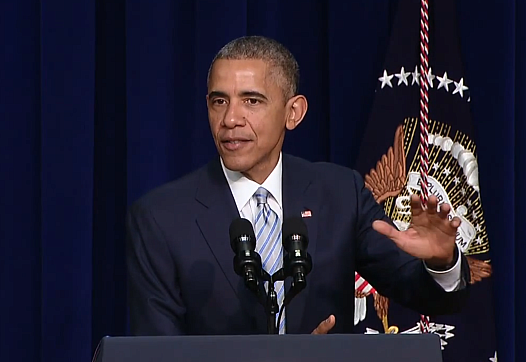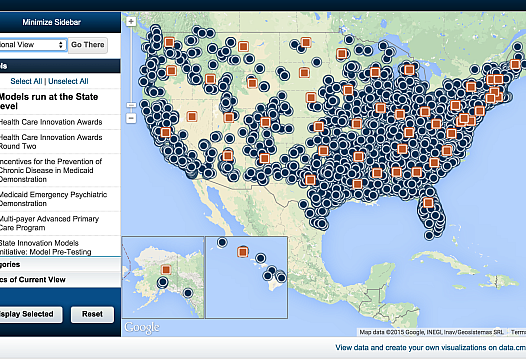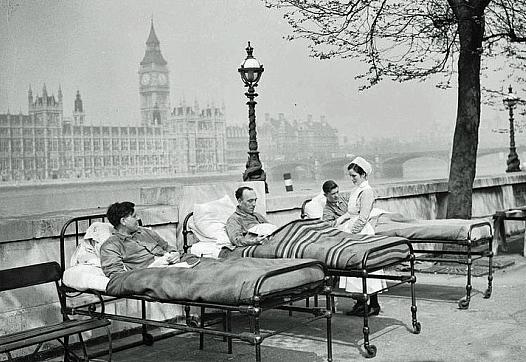
As the media takes stock of the ACA on its five-year anniversary this week, the White House on Wednesday announced a new network of more than 2,800 health care leaders tasked with leading the nation towards a more efficient, less costly model of paying for care.








